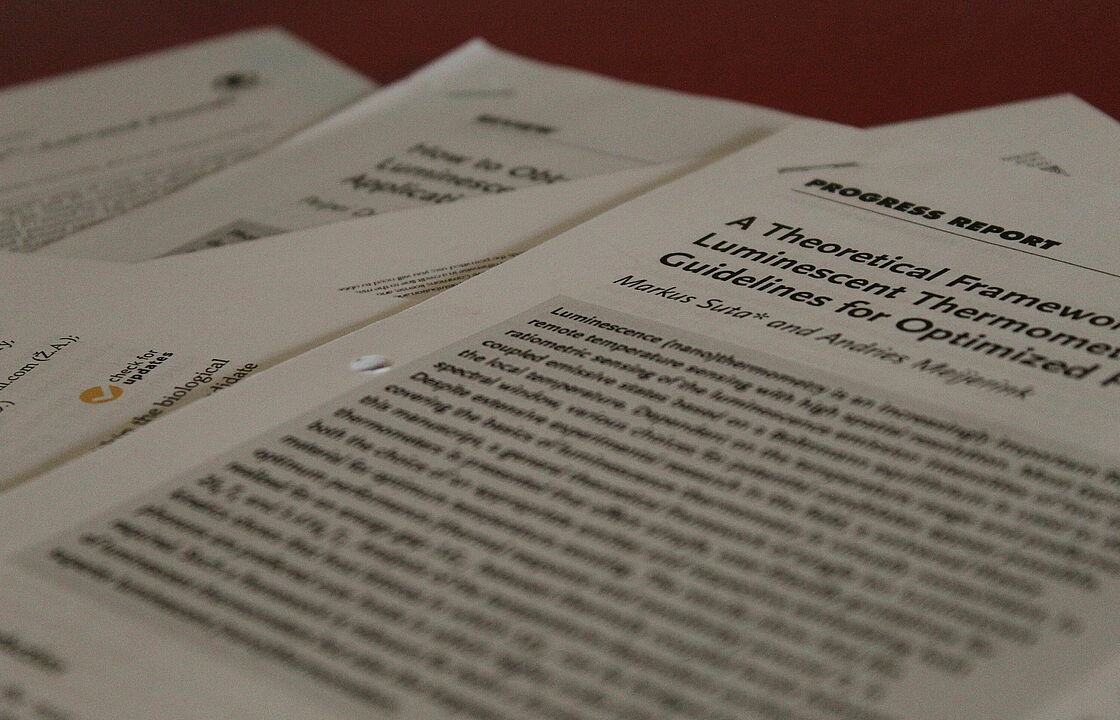Eu2+ with its characteristic broadband 4f65d1 → 4f7 transitions has become an essential component for robust inorganic phosphors in LED technology. In particular, the phosphors of the so-called UCr4C4 structure type have become increasingly important in recent years. Eu2+ is surrounded almost perfectly cubically by ligands and is housed in channels located in a highly condensed network of anion tetrahedrons. This structural feature consistently produces particularly narrow emission bands. After the celebrated successes with the red-emitting lithonitridooxidoaluminates such as Sr[LiAl3N4]:Eu2+ (SLA:Eu2+) or Sr[Li2Al2O2N2]:Eu2+ (SALON:Eu2+), the old Eu2+ -doped Hoppe's alkali lithooxidosilicates A4[Li3SiO4]4:Eu2+ (A = Na-Cs) as potential narrowband cyan and green-emitting phosphors in the research focus.
These silicates often offer a variety of possible cation sites for Eu2+, which have a decisive influence on the color of the luminescence. Control over the emission color thus requires a fundamental understanding of the structure-property relationships in these compounds. Here we have in cooperation with the groups around Prof. Dr. Hubert Huppertz (University of Innsbruck), Prof. Dr. Andries Meijerink (University of Utrecht), Ass.-Prof. Dr. Amador García-Fuente (University of Oviedo), Prof. Dr. Werner Urland (Muralto) and OSRAM Opto Semiconductors (Schwabmünchen) combine the strengths of single-crystal X-ray structure analysis, high-resolution luminescence spectroscopy and theory to establish a fundamental relationship between the position of Eu2+ ions and the color of luminescence.
The work has been published in the journal Advanced Optical Materials and is available open access: https://doi.org/10.1002/adom.202101643
New to the field? For beginners, here is an overview article from the news from chemistry (Nachrichten aus der Chemie), which explains the importance of these phosphors for the application in more detail: https://doi.org/10.1002/nadc.20204096059


